New St. Augustine sod issues and help
Sean O'Neill
7 years ago
last modified: 7 years ago
Featured Answer
Sort by:Oldest
Comments (9)
Sean O'Neill
7 years agoRelated Discussions
HELP!!!!!!!!New St. Augustine Sod Browning
Comments (2)When did this sod go down? Did the sod sit on the pallet more than a day? What has been your watering schedule since that day? How often and for how long? Is the grass knitted to the underlying soil/sand? Can you lift up any of the grass? This is almost certainly a disease issue caused by too much water and/or smothering on the pallet. New St Aug is just a little sensitive to it especially if it sat on the pallet too long. This time of year it is too hot to apply chemical fungicides. Besides that I've never (ever) seen one that worked for St Augustine. On the other hand, I have been very successful getting rid of disease in St Aug using ordinary corn meal. I've used it almost every year since 2002 with excellent results. Corn meal is the material which turned me away from chemicals in the garden. You can find corn meal at your local feed store, but call first to see what the price is. A 50-pound bag should be about $10. Apply by hand or any spreader at a rate of 20 pounds per 1,000 square feet. It will take a full 3 weeks before you see the improvement. Then you'll see new grass coming up in the brown areas and no lesions on the older grass blades. Corn meal works through a biological process. It attracts a predatory fungus which feeds on the disease fungus. Once the sod is knitted to the ground, you can start backing off on watering frequency and going up on the time. Ultimately you should be watering no more than once a week in the FL summer heat and humidity. The rest of the year it would be more like once a month. For now, once you apply the corn meal, I would mist over the corn just enough to wash it down off the grass blades and onto the soil. Then let don't water for several days. The next time you water set out some cat food or tuna cans and time how long it takes your sprinkler to fill the cans. That is your target time for all future watering. That time will likely be between 20 minutes and 8 hours. Every sprinkler and hose system is different. Then that watering with the cans should last for several days. Watch the grass for any signs of wilting. As soon as you see it wilting, water again for your target time. Do this a few times and you'll soon be watering only once every week or so. I realize that this watering schedule goes against 100% of all the people you talk to in South FL, but it works. As an example I have a house on the edge of the Texas desert. There's about 23,000 square feet of grass. So far this year only about 6,000 square feet has looked wilted. I watered that, but as it turns out, I probably did not need to. My St Aug is a lot more mature than yours, though. The point is if I have not needed much water in the desert, then you should not need much water in the tropics....See MoreNew St. Augustine Sod
Comments (1)You could do 50/50 of soybean meal and alfalfa pellets (not meal) at the rate of 30lbs per 1000 sqft to feed the microherd in the soil. You will have to spread each separately with rotary spreader. Use the highest setting for alfalfa pellets and probably halfway between highest and lowest for soybean meal. Do you have ortho-dial? You could get unsulfured blackstrap molasses and APPLE VINEGAR (not the fake one). again 50/50 at the rate of 4oz per 1000 sqft after you've spread soybean meal and alfalfa pellets. Mow at the highest setting. Water deeply whenever large area are wilting. Try to go as long as you can between watering....See MoreNeed help with issues on new st augustine sod
Comments (2)More important than the fuzz are the brown lesions on the grass blades in pictures 2 and 3. Mushrooms mean you have far too much water. At this point it is too late to adjust the water and get rid of the disease. If you have the Floratam variety of St Aug, it will fight back but will take a long time to fully recover. I have had success with this type of fungus by using ordinary corn meal applied at a rate of 20 pounds per 1,000 square feet. You can buy corn meal at feed stores in 50 pound sacks for under $10. Call first to be sure they have it. Corn meal works biologically rather than chemically. Corn is decomposed by various fungi. One of the fungi that comes in with the decomposition is a predatory fungus. It feeds on other fungi including the one that causes the disease you are seeing. Apply the corn meal now and in 3 weeks you should see the browning stop and no more lesions. If you cannot find corn meal at a feed store then buy corn flour at a grocery store catering to Hispanic shoppers. Cost should be $7 for a 25-pound bag. Be sure you don't get the stuff with baking powder in it. That's like the Bisquick for making tortillas. You want the plain corn flour, masa de maiz. Maseca is a popular brand. You should back way off on watering frequency. I would give it a week to dry out watching for wilting. In fact I might go until it starts to wilt somewhere just to make sure it is dry enough to water. Then start with deep watering. Start with 1/2 inch of water, twice a week. If it rains, don't water for a week or possibly longer depending on how many inches of rain you got. When this is mature it should easily go a week in the summer heat without watering....See MoreRepair Dog Pee Spots on New(ish) St. Augustine Sod
Comments (1)Hey Ryan, those spots are gone! What you can do is; to remove the dead grass and loosen up the soil then add some compost and fresh soil and reseed the areas....See MoreSean O'Neill
7 years agodchall_san_antonio
7 years agoSean O'Neill
7 years agodchall_san_antonio
7 years agoSean O'Neill
7 years agoreeljake
7 years agotrickyputt
7 years agolast modified: 7 years ago
Related Stories

EARTH DAYThe Case for Losing the Traditional Lawn
Work less, help the environment and foster connections by just saying no to typical turf
Full Story
SAVING WATER11 Ways to Save Water at Home
Whether you live in a drought-stricken area or just want to help preserve a precious resource, here are things you can do to use less water
Full Story
LANDSCAPE DESIGNYour Mini Guide to Great Garden Edges
Get the scoop on trenches to the skinny on bender board, to help keep your garden beds as tidy as you like
Full Story
REMODELING GUIDESShould You Stay or Should You Go for a Remodel? 10 Points to Ponder
Consider these renovation realities to help you decide whether to budget for temporary housing
Full Story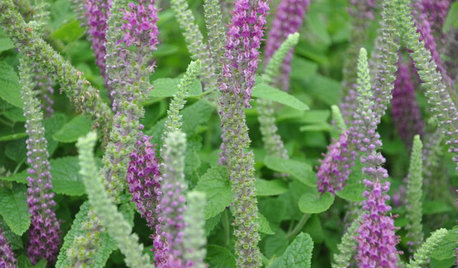
FEEL-GOOD HOME9 Smells You Actually Want in Your Home
Boost memory, enhance sleep, lower anxiety ... these scents do way more than just smell good
Full Story
GARDENING GUIDES5 Great Grasses for a New Lawn
Learn about maintenance, wear tolerance, ideal climate and more for these top turf choices to pick the right one for you
Full Story
SAVING WATERHouzz Call: Are You Letting Go of Your Lawn?
Many facing a drought are swapping turf for less thirsty plantings. If you’re one of them, we’d like to hear about it
Full Story
LIFE7 Things to Do Before You Move Into a New House
Get life in a new house off to a great start with fresh paint and switch plates, new locks, a deep cleaning — and something on those windows
Full Story
ARCHITECTURE6 Amazing Homes Dug Into the Earth
Designed to disappear or with portions peeking out, these houses bring a new meaning to 'communing with nature'
Full Story
BATHROOM DESIGNHow to Choose the Right Bathroom Sink
Learn the differences among eight styles of bathroom sinks, and find the perfect one for your space
Full Story


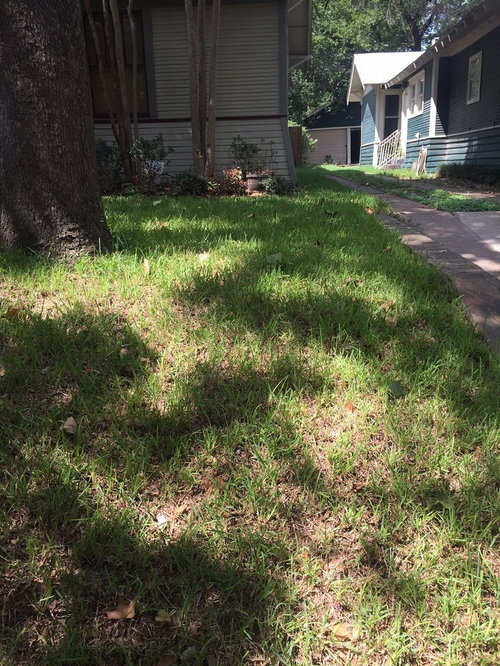

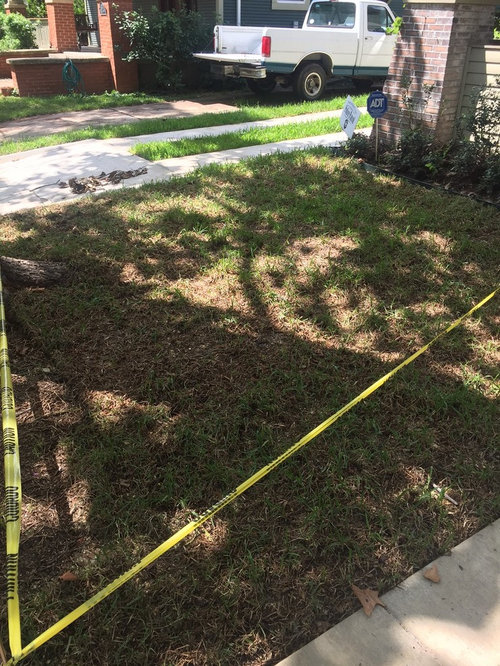
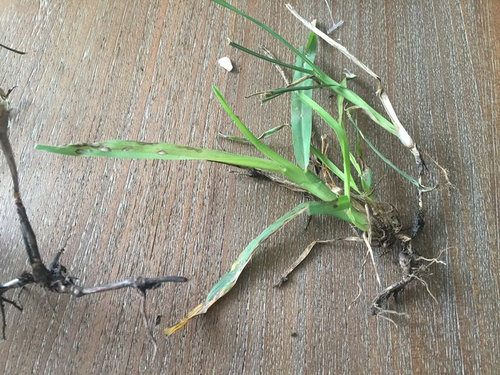
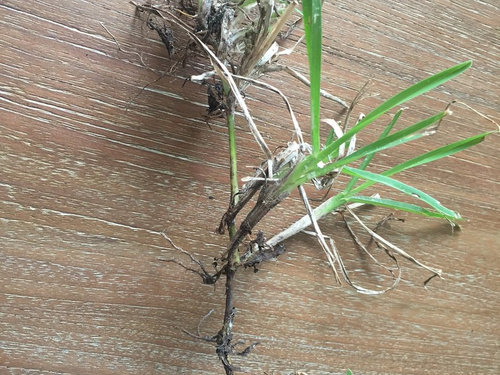
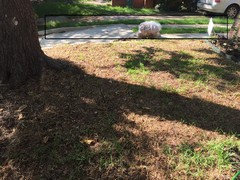
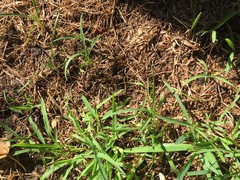

dchall_san_antonio